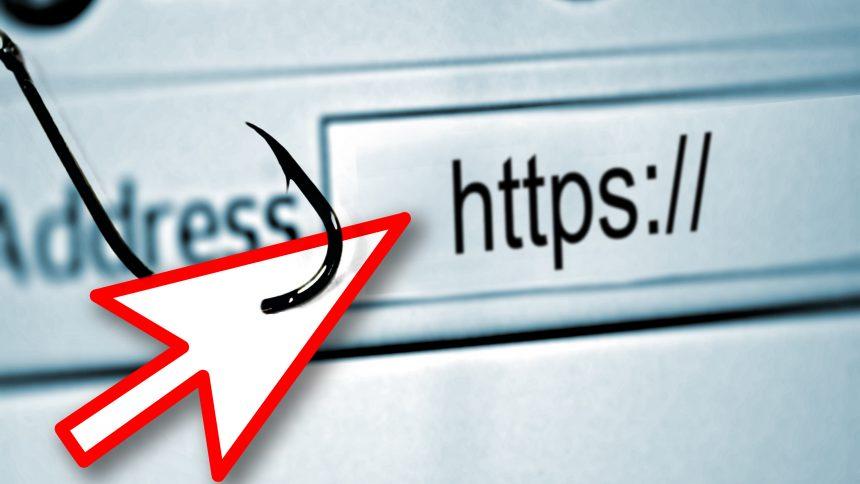In the vast realm of cyber threats, the Universal Browser Virus stands out as a persistent and troublesome adversary. This insidious malware infiltrates users’ systems through various means and wreaks havoc on their browsing experience. Understanding its actions, consequences, and how to effectively remove it is crucial for maintaining a secure online environment.
Universal Browser Virus Actions and Consequences
Once infected with the Universal Browser Virus, users may notice a myriad of disruptive behaviors. These include unwanted browser redirects, incessant pop-up advertisements, changes to the default search engine and homepage settings, and even unauthorized installation of browser extensions. Moreover, the virus may track users’ browsing activities, compromising their privacy and potentially exposing sensitive information to malicious actors.
Detection Names and Similar Threats
The Universal Browser Virus operates under different aliases, depending on the antivirus software used for detection. Some common detection names include BrowserModifier:Win32/UniversalBrowserAdInjection, PUP.Optional.UniversalBrowserAdInjection, and Adware.UniversalBrowserAdInjection. Similar threats that users should be wary of include browser hijackers, adware, and potentially unwanted programs (PUPs) that exhibit similar intrusive behaviors.
Universal Browser Virus Removal Guide
Removing the Universal Browser Virus requires a systematic approach to ensure complete eradication. Follow these steps:
- Uninstall Suspicious Programs: Go to Control Panel > Programs and Features (or Add/Remove Programs) and uninstall any recently installed programs that seem suspicious or unfamiliar.
- Reset Browsers to Default Settings: Resetting browsers to their default settings can help eliminate unwanted extensions and settings changes caused by the virus. Instructions for resetting popular browsers like Google Chrome, Mozilla Firefox, and Microsoft Edge can be found in their respective settings menus.
- Clear Browser Cache and Cookies: Clearing the browser cache and cookies can help remove any lingering traces of the virus and improve overall browsing performance. This option is usually available in the browser settings under the privacy or history section.
- Scan for Malware with Antivirus Software: Perform a thorough scan of your system using reputable antivirus software to detect and remove any remaining traces of the Universal Browser Virus.
- Manual Registry Cleanup (Advanced Users): Advanced users can manually inspect and clean the Windows Registry for any entries related to the virus. However, exercise caution as improper changes to the registry can cause system instability.
Preventing Future Infections
Prevention is key to safeguarding against the Universal Browser Virus and similar threats. Follow these best practices:
- Exercise Caution When Downloading Software: Only download software from reputable sources and avoid downloading programs from unfamiliar or suspicious websites.
- Keep Software Updated: Ensure that your operating system, browsers, and security software are up to date with the latest security patches and updates to mitigate potential vulnerabilities.
- Be Cautious of Email Attachments and Links: Exercise caution when opening email attachments or clicking on links, especially if they are from unknown or untrusted sources.
- Use Ad Blocking and Anti-Tracking Extensions: Consider using ad-blocking and anti-tracking browser extensions to mitigate the risk of encountering malicious advertisements and tracking scripts.
- Regularly Back Up Important Data: Regularly back up important files and data to an external storage device or cloud service to mitigate the impact of potential malware infections or data loss.
By following these preventive measures and remaining vigilant, users can significantly reduce their risk of falling victim to the Universal Browser Virus and other similar cyber threats.





